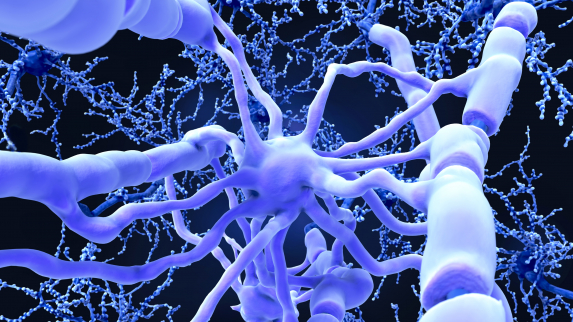New research may help scientists locate immature cells in the central nervous system that could shed light on the causes of neurodegenerative diseases like multiple sclerosis—an autoimmune disease that affects the brain and nervous system—and allow for the development of better therapeutic treatments. In a new study, published in the journal Cell Reports, Rutgers researchers looked at cells known as oligodendrocytes in the brain and spinal cord that produce myelin, which protects nerve cells and allows them to work properly. The scientists discovered that oligodendrocyte cells in the brain are distinct from oligodendrocytes in the spinal cord in a fundamental way—their metabolic processes, the essential chemical reactions that power them, are completely different. To read the full story.

